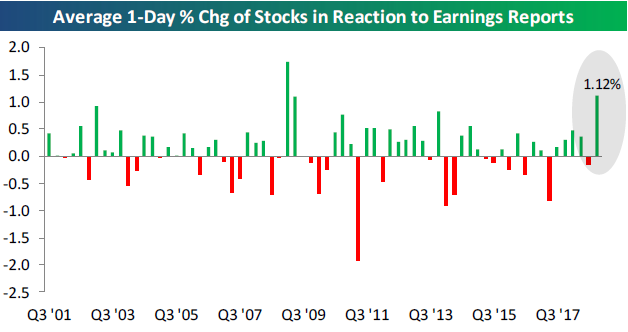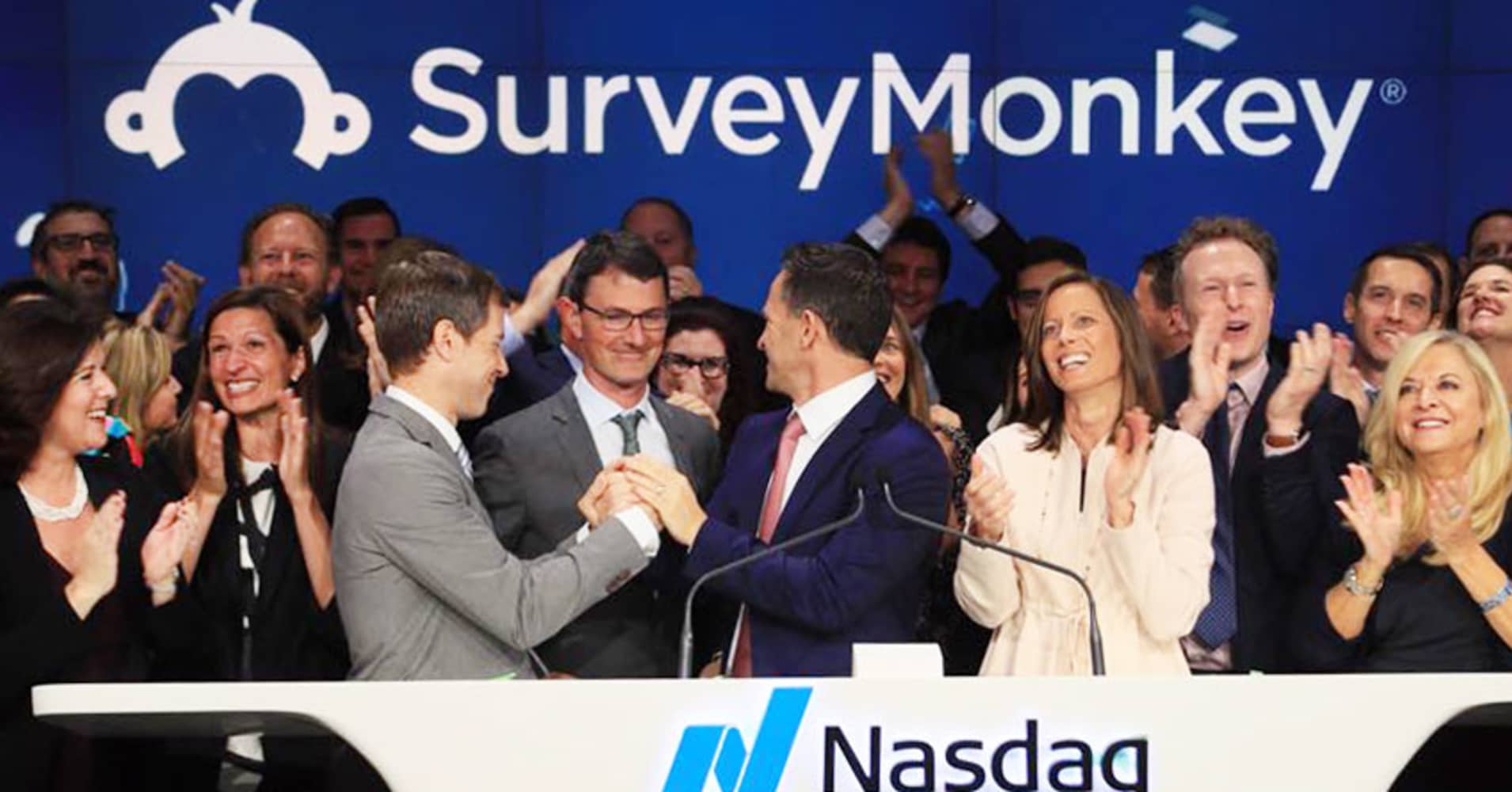An abortion law that was set to go into effect in Louisiana on Monday was temporarily put on hold, as the U.S. Supreme Court seeks to buy itself more time amid a rushed flurry of briefs and notices.
Despite the court’s action, women seeking abortions in the state are being turned away and sent to other states and medical procedures have been canceled amid the confusion, according to court documents filed by the Center for Reproductive Rights, which is representing two doctors and an abortion clinic in the case.
Conservatives and liberals are closely watching the case, which could reveal how the nation’s top court, newly reconstituted with a fortified conservative majority, is likely to deal with one of the country’s most divisive social issues in the coming years.
The case is shaping up to be an important test of President Donald Trump’s two appointees to the high court, Justices Neil Gorsuch and Brett Kavanaugh.
The dispute is over a state law that requires abortion providers to have admitting privileges at a hospital within 30 miles of their clinic. The plaintiffs have said that if the law goes into effect it will leave only one doctor performing abortions in the state, which has a population of nearly 5 million people.
“Louisiana women are counting on the Supreme Court,” Center for Reproductive Rights CEO Nancy Northup said in a statement. “It has stepped in to block this very same type of law before, so this should be an easy case. The court now has the chance to show that it will stand by its own precedent.”
One week ago, the nonprofit submitted an application for an emergency stay of the law, citing the Supreme Court’s ruling in 2016 that an identical law in Texas was unconstitutional. Justice Samuel Alito over the weekend granted a temporary stay, through Thursday, in an order that expressly did take any side on the merits of the case.
Just prior to filing its rebuttal, Louisiana posted a one-page notice online outlining a 45-day process for verifying admitting privileges under the law. It said the protocol would avoid the “abrupt descent into chaos” that the plaintiffs warned about.
But Alito said that the justices needed more time. In his order, Alito reasoned that “the filings regarding the application for a stay in this matter were not completed until earlier today and the Justices need time to review” the arguments. Alito was automatically assigned the case but the dispute is expected to be reviewed by the full court.
Democrats and reproductive rights activists have hounded Gorsuch and Kavanaugh, both former appeals court judges, over their views on abortion, especially because Trump had said that he would appoint justices who would overturn the landmark case Roe v. Wade. Both men have said they view Roe as precedent, although they have refrained from saying that it was correctly decided.
The 2016 case that held Texas’ version of the law unconstitutional was decided by a 5-3 majority including the retired Justice Anthony Kennedy. The opinion was handed down before either Gorsuch or Kavanaugh was confirmed to the bench.
If the full court acts on the matter, as Alito suggested would happen, it will take five justices to grant a stay. That means Gorsuch, Kavanaugh, or one of the other conservatives on the bench who dissented from the court’s 2016 decision would be required to join the panel’s liberal wing in order to prevent the law from taking effect.
While many pro-life groups championed Kavanaugh’s nomination, some have soured on the justice just months into his lifetime appointment because they say he has not yet done enough to limit abortion. If the court allows the law to go into effect, delivering a win to social conservatives, views on Kavanaugh could shift.
“This case will be a real test for the Court, particularly its newest members, as the public waits to see whether the Court respects its own precedent,” Brianne Gorod, chief counsel of the progressive Constitutional Accountability Center, said in a statement.
The current application before the court is not a formal petition for the top court to hear arguments on the merits of the case, though such a petition is expected. If the court grants review of the case, which only requires four justices, it would likely be argued next term, which begins in October.








